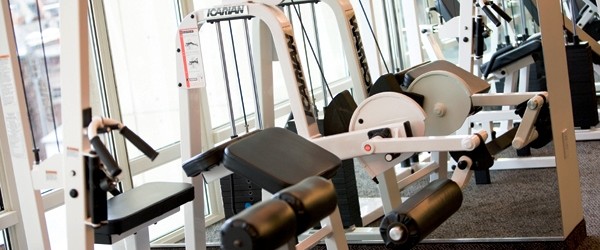Your vegan diet satisfies your conscience and your taste buds, but is it keeping up with your training? Whether your workout routine includes interval runs on a treadmill or you take local yoga classes, you can’t feel sluggish during or after them. Below are a few tips to help you get the nutrition you need to perform at your best.
What You Need and How To Get It
The nutrients most often lacking in a vegan athlete’s diet are protein, calcium, vitamins B12 and D, zinc, and iron. If you are doing serious training, you will probably want to add protein in powder form to shakes or smoothies. Some of the best ones are hemp, pea, and rice. Hemp is especially good for athletes as it has anti-inflammatory properties and contains vitamin E, which helps to repair muscle fibers. Don’t forget about nut butters — a few tablespoons of almond butter and an apple or banana make a powerful snack.
Calcium is found in mustard greens, kale, chard, dried figs, and sesame seeds. You can also find it in chlorella, a powder made from freshwater algae.
The simplest way to get the vitamins and zinc are through a supplement or through foods such as cereal or nondairy milk that have been fortified. Check your labels, however, if you’re depending on fortified foods to get these nutrients, because your daily dose may not be enough.
Legumes (beans, peas, and peanuts) are a good source of iron as well as protein. Other iron-rich foods include raisins and cruciferous vegetables: broccoli, cauliflower, and cabbage. Citrus or berries combined with these increases the bio-availability of the iron. Cooking in a cast iron pan is another way to get extra iron into your diet.
Recipes for Recovery
These recipes are from Brendan Brazier, vegan triathlete and author. He recommends eating foods of a pudding or smoothie consistency post-workout so your body can repair tissue damage and rehydrate without diverting a lot of energy to the digestive system.
Chocolate Recovery Pudding
4 ounces medium-firm tofu (for protein, calcium)
1 ripe banana (for electrolytes)
1/2 ripe pear (for sugar)
1/2 tablespoon hemp oil (for essential fatty acids, omega 3 and omega 6)
1/2 tablespoon cocoa powder (for flavor)
sprinkle sea salt (for sodium)
Blend all ingredients together.
Nutrient-Rich Shake
3 cups water (or 2 cups water and 1 1/2 cups ice)
1 banana (for electrolytes)
1/2 cup blueberries (for antioxidants)
1/2 pear (for sugar, fiber)
1 tablespoon hemp oil (for essential fatty acids, omega 3 and omega 6)
1 tablespoon ground flax seeds (for omega 3, fiber)
2 tablespoons hemp protein (for complete protein)
1 teaspoon maca, powdered form (for sterols, alkaloids, glucosinolates)
1 teaspoon chlorella, powdered form (for vitamin b12, chlorophyll, nucleic acids)
Blend together. For variety, add a tablespoon of raw pumpkin or sunflower seeds. Raw carob powder is also a good addition.
While you’re focused on putting plant-based, wholesome food into your body, don’t forget the basic advice that applies to all athletes: hydrate and avoid sugary, highly processed “energy” drinks and snacks. The real energy is in real food.
Image courtesy of Flickr

Thanks for the breakdown, it’s very clarifying. I’ve passed it on to friend of mine who isn’t even vegetarian, but who works out a lot, and complains of not being able to make heads or tails of the innumerable protein powders that are pushed on him. Apparently this is a common thing in man-culture. We both feel a lot more comfortable meeting nutrient needs from whole-foods rather than some mystery shakes.. 🙂 Thanks!